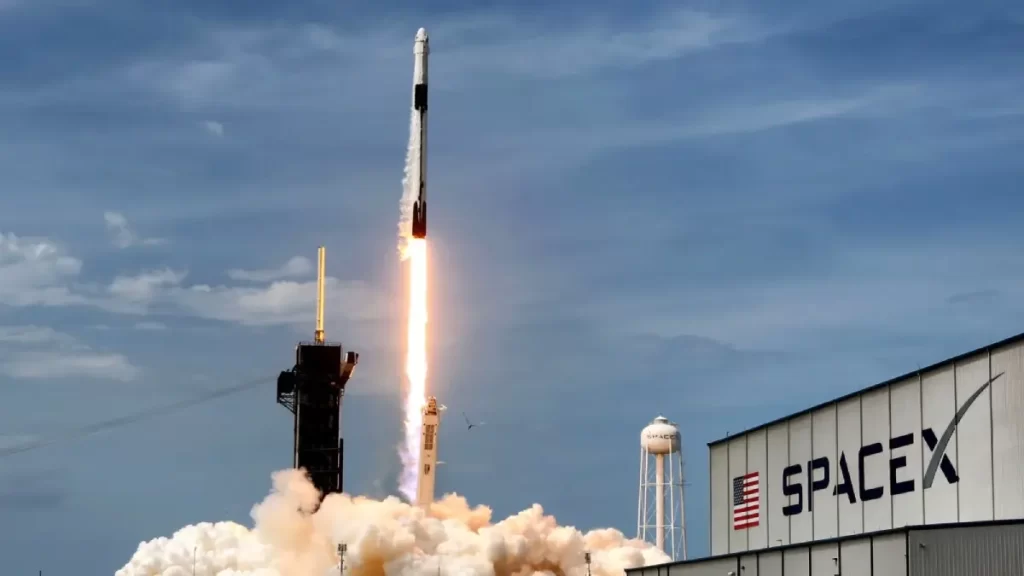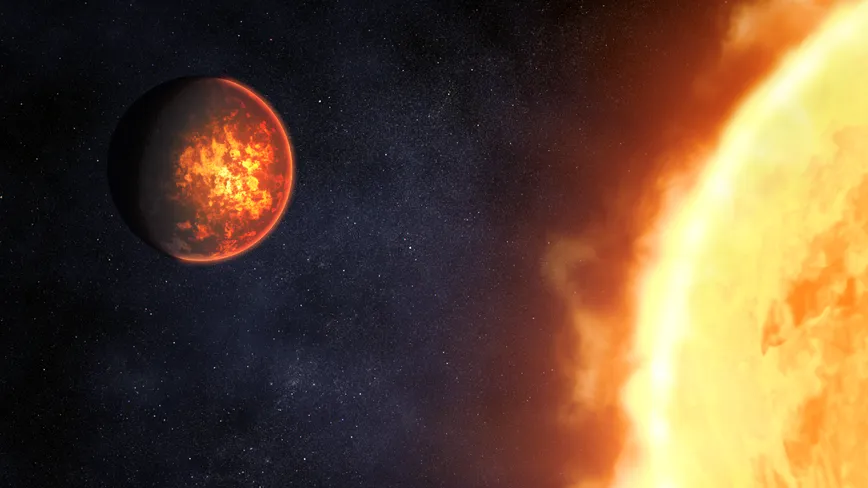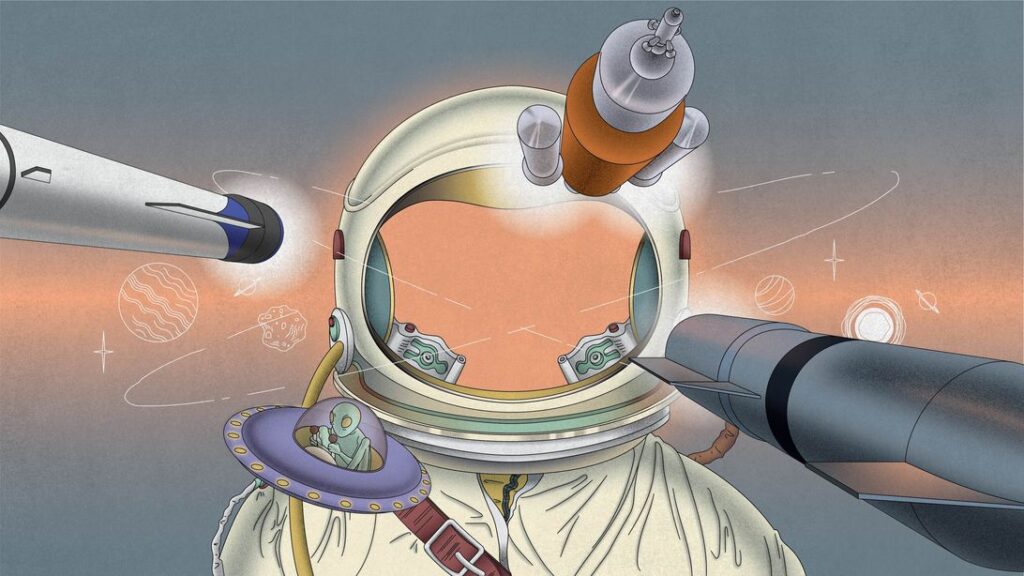On November 18, the SpaceX Starship completed its second orbital flight (IFT-2 mission) – the test of the most powerful reusable space launch system in history can be considered partially successful despite the fact that it ended in a double explosion (first, a rapid unplanned disassembly occurred with Super Heavy, and then Starship suffered the same fate). We will tell you more about how it happened and when Starship will fly again.
Putting aside Elon Musk’s personal qualities and reputation, in a global sense, these tests are undoubtedly the beginning of a new era of astronautics and history that is being written before our eyes. The current successes of the team of a private American company cannot be overestimated, as no one has ever done anything like this before, even at the level of states. And now, let’s go through the details – what does this launch bring to the table besides spectacular desktop wallpapers and stunningly beautiful videos?
Starship. The second orbital. How the flight went
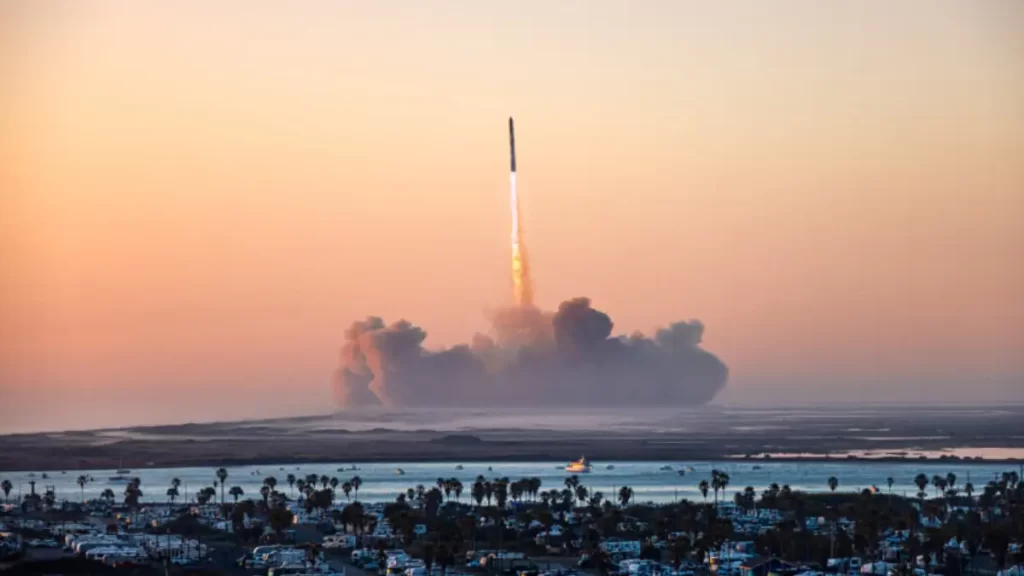
In short, it was by no means a failure, despite the loud headlines on some websites. Over the past two days, a lot of high-quality photos and videos of the tests have appeared on the Internet, showing key moments of the tests from different angles. There are also videos of the launch in resolutions up to 4K, including slow-mo footage shot with high-speed cameras from several angles. Such a huge amount of video material allows you to watch everything carefully again, “digest” and examine various moments in the highest detail.
Starship’s three central engines stabilize after hot-splitting – an instant before ignition, they tilt outward to vent hot gases to the outside before re-centering for lift-off. This is the same system of safe venting through the intermediate ring.
The second Starship orbital flight – expectations and reality
First of all, it’s worth recalling how it all started (experiments with “space barrel” jumps Starhopper (also known as an ash can and a “silo” several meters high in 2019) and key milestones in Starship development – in May 2021, Starship SN15 made its first fully successful high-altitude flight (climbed 10 km, performed a controlled descent with a Belly Flop tail turn maneuver and landed relatively softly on the launch pad). After that, the Starship and Super Heavy programs moved to the next phase of development – full-fledged orbital tests.
To understand and evaluate the progress, it is worth first recalling how the first orbital test went, when the main goal was to launch without blowing up the launch pad (it was severely damaged), and the changes made for the second attempt – two recent articles on these aspects that we published on the eve of the launch will help. There is no point in reprinting them again.
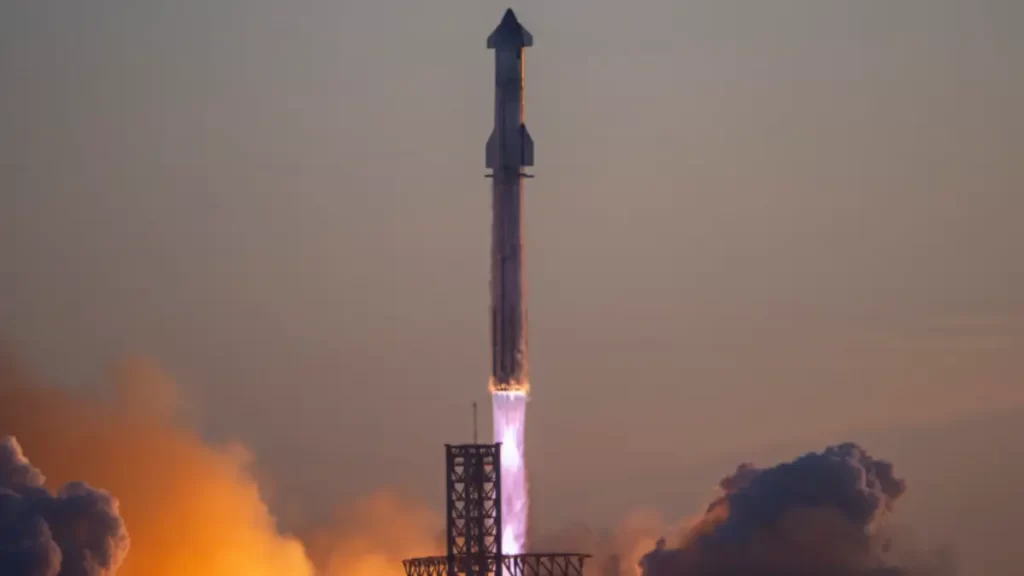
The second (test) orbital flight of Starship was based on the already well-known program with a few changes made based on the experience of the first launch: a new gas removal and flame extinguishing system, an intermediate hot undocking unit for the stages, and a slightly adjusted schedule of the main stages.
This time, the plan was also partially fulfilled, which can be considered a great achievement. The main purpose of this test, as well as any similar ones, is to collect important data for further development.
Starship IFT-1 VS Starship IFT-2
More specifically, the SpaceX team set several goals during the IFT-2 mission, primarily to test new technologies: a new separation scheme with the so-called “hot” undocking of stages, a new electrical thrust vector control (TVC) system for the Raptor engines of the Super Heavy accelerator, and a strengthened launch pad with a new gas removal and flame extinguishing system that resembles a giant shower. In the end, it all worked out.
The launch table was lightly damaged. The first stage worked flawlessly until the undocking stage (all 33 engines operated for the entire time allotted by the control center, none failed). Failures began almost immediately after separation – the first stage failed to complete the Boostback Burn landing maneuver (the Falcon 9/Falcon Heavy stages return to the same trajectory) and performed a “rapid unscheduled disassembly” (the booster was blown up by the automatic flight interruption system).
After successful separation, the second stage, also known as the Starship spacecraft, continued to fly with all 6 Raptor engines for several minutes (in total, it lasted more than 8 minutes after launch) up to an altitude of 149 km (by the way, the International Aviation Federation considers the height of 100 km, the conventional Karman line, to be the working boundary between the atmosphere and space) and reached a speed of approximately 6.7 km/s (more than 80% of the orbital speed). Then some anomaly occurred that prevented the next stages from being completed and it was also blown up earlier than planned.
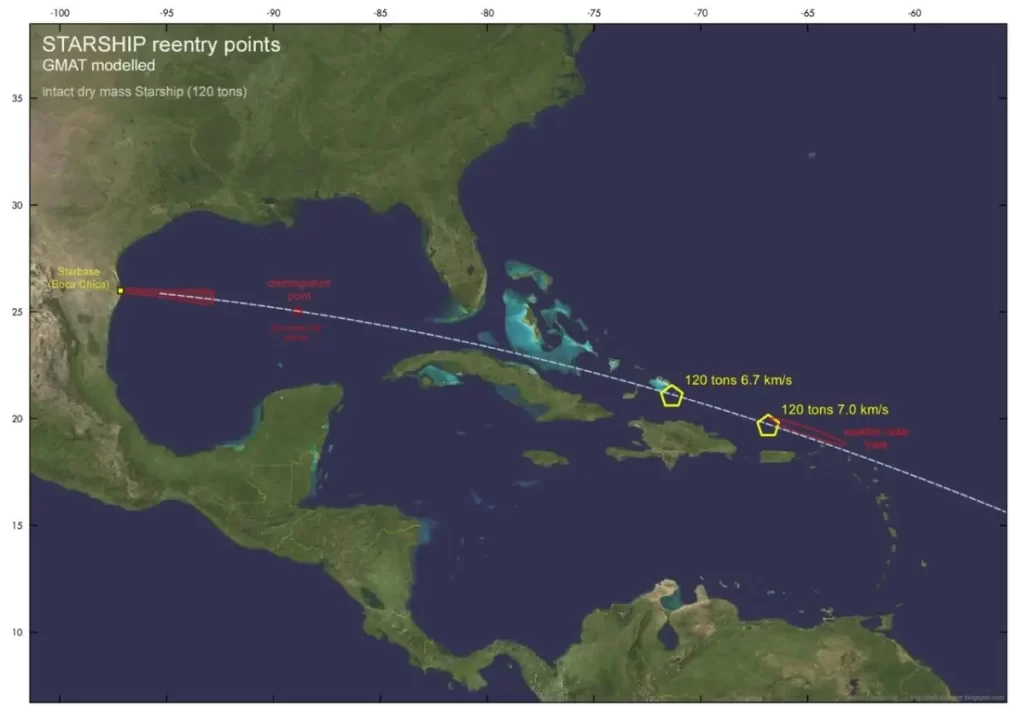
There have been no reports of injuries or property damage as a result of the tests, and the FAA has stated that it will cooperate with SpaceX in investigating the circumstances of the accidental completion of the tests. Therefore, it is likely that the next tests will take place soon and there will be no more such long delays in the issuance of licenses by the FAA regulator.
What’s next and when is the next Starship test
The interval between the first and second Starship orbital tests was 7 months. At the same time, it took 4.5 months to repair the pad and prepare it for launch, and more than 2 months to obtain an FAA license.
As of the end of October, the next improved pair of S26 & SH B10 were being prepared for testing, and the next pairs were being assembled in the shops at various stages. Answering a question about the likely timing of the next Starship test, Elon Musk said that the system for Starship Flight 3 should be ready in 3-4 weeks – the High Bay production facility is currently completing the assembly of three spacecraft at once. It is not yet known how many more test flights will be needed before the system is fully operational, at least in a one-time version.
Initially, SpaceX planned to perform up to a dozen test launches of the Starship in 2022 to complete the test program and move on to launching real payloads in 2023. At the same time, in June 2022, Elon Musk said that the next improved pairs of the ship and accelerator would appear every month, but later the plan was adjusted to 5 systems – to achieve the goal, SpaceX needs to prepare an average of one Starship Full Stack every 1.5 months. Currently, the development is lagging behind the original plans, and the pace of preparation of new prototypes is slower.
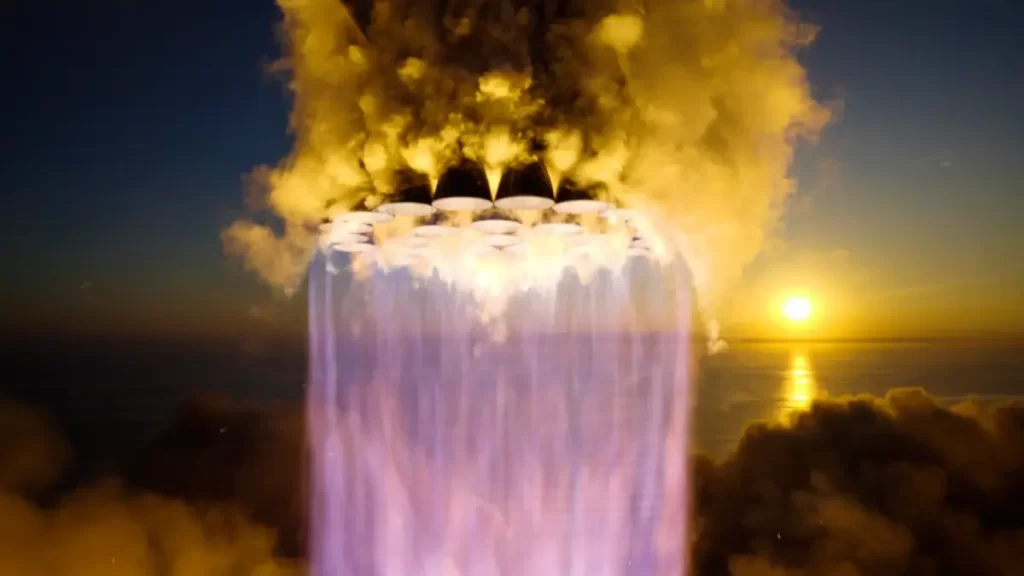
In the updated plan, SpaceX has abandoned the initial idea of launching humans on the 15th flight of the spacecraft, and now plans to launch 100 or 200 unmanned launches initially. Currently, SpaceX is targeting 2030 as the target year for sending humans to Mars. This is in line with previous estimates and expectations of a human settlement on Mars by 2050.
1. Starship and Super Heavy are promising reusable super-heavy rocket and spacecraft that SpaceX has been developing since at least 2016 to deliver cargo and people to Earth orbit, the Moon, and Mars. According to the plan, Starship and Super Heavy will completely replace the current generation of Falcon rockets and Dragon ships that currently carry people and cargo to orbit and the ISS.
2. Once commissioned, the Super Heavy + Starship system will be the most powerful in the history of space exploration, as it will be able to deliver cargo weighing up to 150 tons to low Earth orbit in a fully reusable configuration – with both parts (70-meter Super Heavy and 50-meter Starship) returning to Earth, as well as the ability to dock and refuel in orbit.
3. SpaceX already has a contract with NASA to build a version of the Starship for the Artemis lunar program, which involves a manned flight and landing on the Moon, and at the end of 2022, NASA selected the SpaceX Starship for the second crew landing on the Moon under the Artemis program – however, it is expected not earlier than 2027.
4. SpaceX also plans to use the Starship to launch a new generation of Starlink V2.0 Internet satellites and send a tourist delegation led by a Japanese billionaire to the Moon (DearMoon mission) on the Starship (a flyby without landing) – the mission has already been postponed several times because the rocket is not yet ready. Another tourist mission on Starship is part of the Polaris program, but there are no details or even approximate dates yet.

